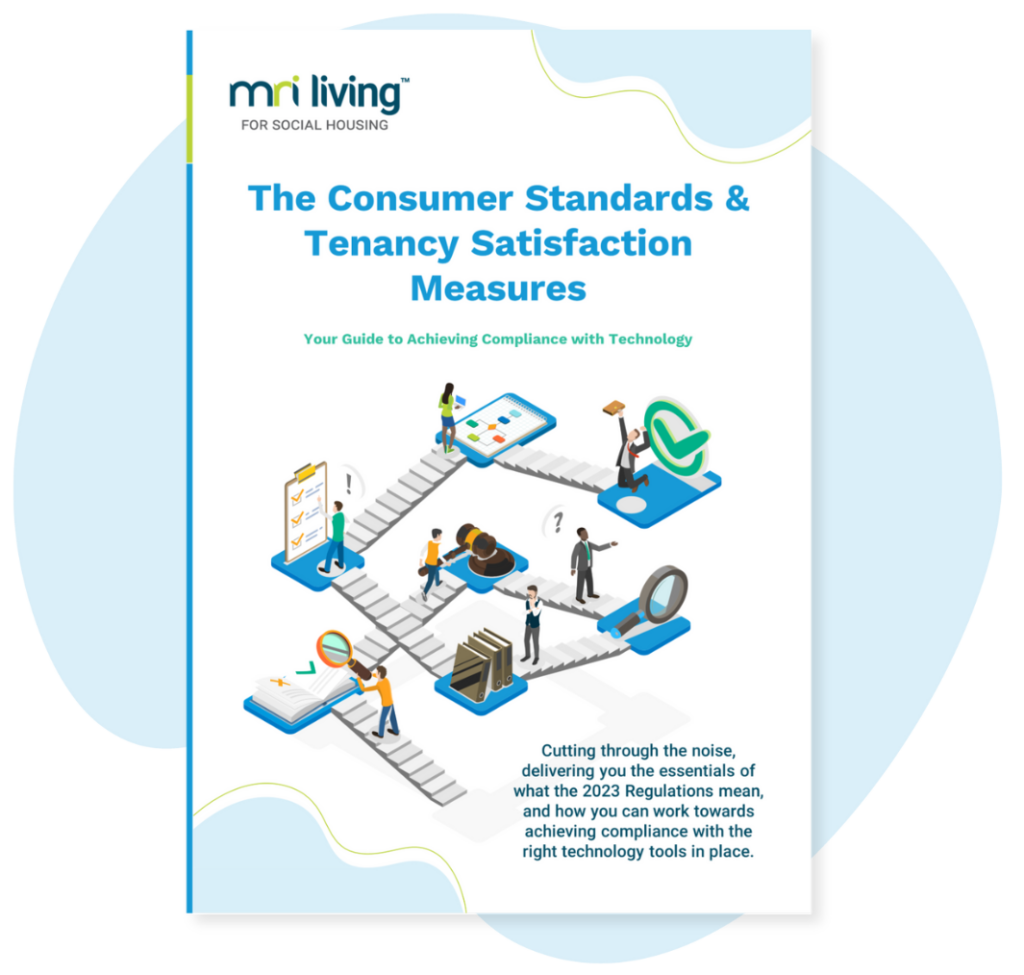Delivering beyond compliance
As a sector we are all too aware of incoming legislative changes to fire safety regulation that will have an impact on compliance operations and subsequently, on the systems that support those processes. Systems considered by housing providers should assist the ‘responsible person’ in adhering to the expectations of regulation and automate the constant needs of upholding safety standards across housing stock.
Recent amendments to The Regulatory Reform (Fire Safety) Order, 2005 and the expected changes emerging from The Fire Safety Act, 2021 will provide a foundation for secondary legislation. These will not require a further act of parliament and will make it easier to incorporate the recommendations from The Hackitt Report, 2018 into the day-to-day operations of housing providers.
These changes have been welcomed to improve housing delivery across the UK and prevent residents living in unsafe homes. One benefit of these amends has been the clarification and standardisation in law of what is expected in terms of fire safety from all housing providers. One such amend that delivered these clarifications was detailing the requirement for ‘external walls’ as part of fire risk assessments (FRAs), to now include doors, windows and any other external features, such as balconies which had previously been contested or left open to interpretation.
The impacts of these changes will be felt throughout the housing sector and will serve to further protect residents. To support the execution of these requirements and equip the ‘responsible person’ to deliver the ‘golden thread’ as needed, advanced asset management systems can ensure that compliance is embedded intuitively into day-to-day processes across organisations.
How management systems should support safety compliance
Flexibility
The regulatory environment is constantly shifting to include further clarification on existing legislation and adapt to our changing world. The systems employed by housing providers should pre-empt these changes and evolve without compromising existing data or disturbing a housing provider’s service delivery.
Automation to support a job that never ends
Completing fire risk and safety assessments is a constant, cyclical element of housing management. Asset management systems should be key to executing that flow of work between departments and with third parties.
Much of the standard and continuous administration can be automated. Furthermore, integrated systems can recognise when additional work needs to be deployed and trigger those works across the relevant teams or contractors, tracking and recording the progress of those works as they go and automatically setting dates for the next assessments.
Intuitive workflow
Ideally, each team member within a management system should be able to access their tasks on an intuitive dashboard at any given moment and be alerted to work that is imminent or overdue. This servicing data should be available in the field, via mobile devices and updated centrally as work is completed.
For managers, an overview should be available to track work and alert team members to any changes in individual workflows.
Single version of the truth
Presently, there are still organisations that are using single or multiple spreadsheets for their fire risk assessments and asset management. This can leave these processes reliant on one person and more susceptible to human error due to multiple working copies. Systems can assist organisations in building an audit trail across their safety and compliance actions that include the accountability of all parties who undertake works, thereby building and retaining the ‘golden thread’.
Transparency
One of the outcomes from The Hackitt Report and The Charter for Social Housing Residents will be residents having the right to “know how your landlord is performing”. This will include the availability of fire safety records for any building within the housing stock upon request. As such, clear reporting should be available at speed and with ease. Aside from residents, providing easily extractable reports on building safety is increasingly becoming the norm in bids to secure ESG funding.
Delivering beyond compliance
At MRI Software, we are looking to the future and working with our customers to build management systems that ensure that safety and compliance processes can be embedded within day-to-day operations. In this mission we are looking to deliver beyond compliance. This includes confirming the relevant competence of staff and third parties to help ensure only people with the right training and qualifications undertake work pertaining to safety.
Intuitively designed asset management software should deliver more than just a system of record, instead it should offer to housing providers a dynamic compliance management tool that accelerates the automation of administrative tasks, alerts multiple teams to needed actions, upholds compliance and safety standards, and allows asset teams to manage by exception.
If you’d like to find out more about MRI Social Housing’s Asset Management solution please contact us
The Consumer Standards and Tenancy Satisfaction Measures: Your Guide to Achieving Compliance with Technology
Cutting through the noise, delivering you the essentials of what the Consumer Standards and Tenancy Satisfaction Measures 2023 Regulations mean, and how you can work towards achieving compliance with the right technology tools in place. New regulatio…

